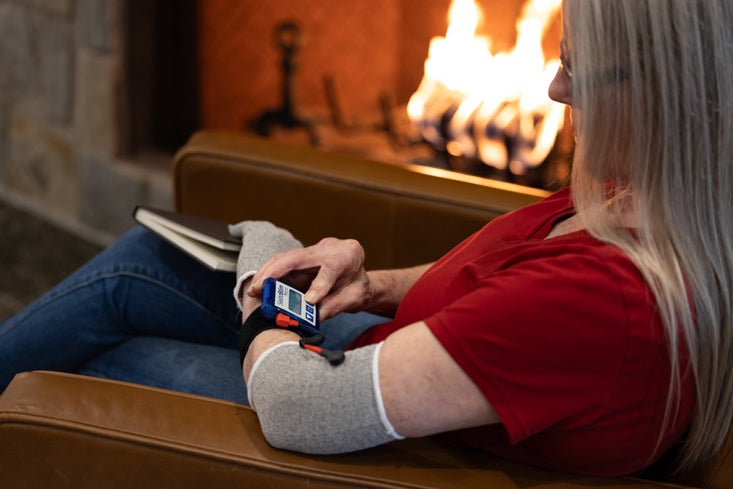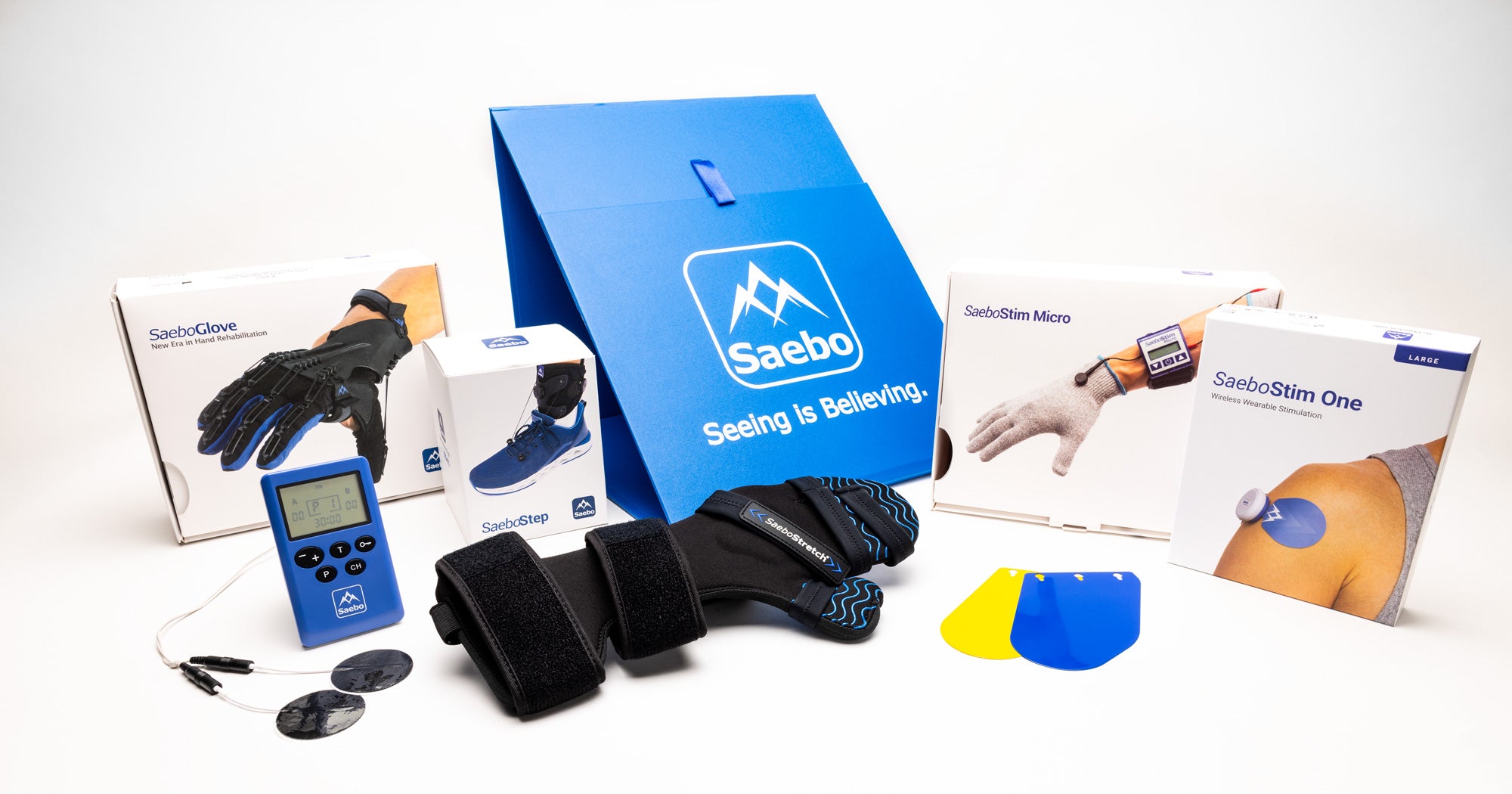
How To Get The Most Out Of Your Hand Strengthening Program Following A Stroke
If you are setting out on a hand strengthening program following a stroke or spinal cord injury, you are seeking to retrain your muscles, joints, mind and central nervous system. All were injured during your neurological event, and all are in need of healing.
Retraining and strengthening a hand is complex and difficult work. It involves much more than going through the mechanical motions. The biggest challenge may be focusing your mind on the healing process, even as your brain, itself, continues to heal. Listed below are four, simple but powerful, strategies to help stick to your hand strengthening program.
How to Get the Most Out of Your Hand Strengthening Program Following a Stroke

Relate the exercise to something that motivates you
Staying motivated to keep up with your exercises is the bane of any exercise program. However, motivation can be particularly difficult as apathy is a common experience in stroke patients. (Caeiro, Ferro, Pinho e Melo, & Canhao, 2013).
To combat this, embed your reason for wanting to get better into your program. Make the connection between exercising and your goals as concrete as you can.
Perhaps instead of flipping a blank piece of paper you can use a meaningful photo? Maybe you could incorporate pieces from a favorite game, like checkers or scrabble? Instead of simply stretching, consider using the warm water in the sink during dishwashing to relax your muscles for stretching, thereby pairing your stretches with an already established routine.
Here are some examples of other functional hand exercises to consider. You can also ask your therapist to brainstorm with you on how to relate your program to a meaningful outcome.
Set a concrete goal
Goals are vital to staying focused and achieving positive outcomes. If you have a therapist you are working with, they can help you craft a reasonable goal with an achievable timeframe.
Following a stroke, it is common to find setting goals and undertaking goals more difficult (Rochat et. Al., 2013). Use this as an opportunity to work explicitly on this skill.
Combat the difficulty by making your goals as concrete as possible. Write them down and post them in a place where you can see them. Take time to celebrate and reward yourself when they are completed. Share your success with family and friends.
Track your exercises
Keeping track of your exercises may be a simple as making a little X on the corner of your calendar, to indicate you completed the exercises for the day. There are many free exercise logs out there for you to print out.
Tracking is not only a helpful motivator, it will also help you communicate your progress with professionals and caregivers.
Keep adjusting so you achieve a just-right challenge
If the program is too easy, you may become bored. If it is too difficult, you may be tempted to give up completely. Your program should present a level of challenge that hits the sweet spot in-between.
You can work with your therapist to adjust the number and intensity of reps and/or the complexity of movement to achieve this.
Whatever strategies work for you, do them. Exercise and the practice of functional movements are a vital part of your brain’s healing. Research shows that not only will you strengthen muscles, but also that exercise is an important part activating the brain’s natural healing processes (Kleim, Jones, & Shallert).
If you have questions about applying these principles, speak to your occupational therapist or rehabilitation professional.
Caeiro, L., Ferro, J.M., Pinho e Melo, T., & Canhao, P. (2013). Apathy secondary to stroke: A systematic review and meta-analysis. Journal of Stroke and Cerebrovascular Disease, 35, 507-513.
Kleim, J.A., Jones, T.A., & Shallert, T. (2003). Motor enrichment and the induction of plasticity before or after brain injury. Neurochemical Research, 28, 1757-1769.
Rochat, L. Van der Linden, M., Reaud, O., Epiney, J.B., Michel, P., Sztajezel, R.,… Annoni, J.M. (2013). Poor reward sensitivity and apathy after stroke: Implications of basal ganglia. Neurology, 81, 1674-1680.
All content provided on this blog is for informational purposes only and is not intended to be a substitute for professional medical advice, diagnosis, or treatment. Always seek the advice of your physician or other qualified health providers with any questions you may have regarding a medical condition. If you think you may have a medical emergency, call your doctor or 911 immediately. Reliance on any information provided by the Saebo website is solely at your own risk.






